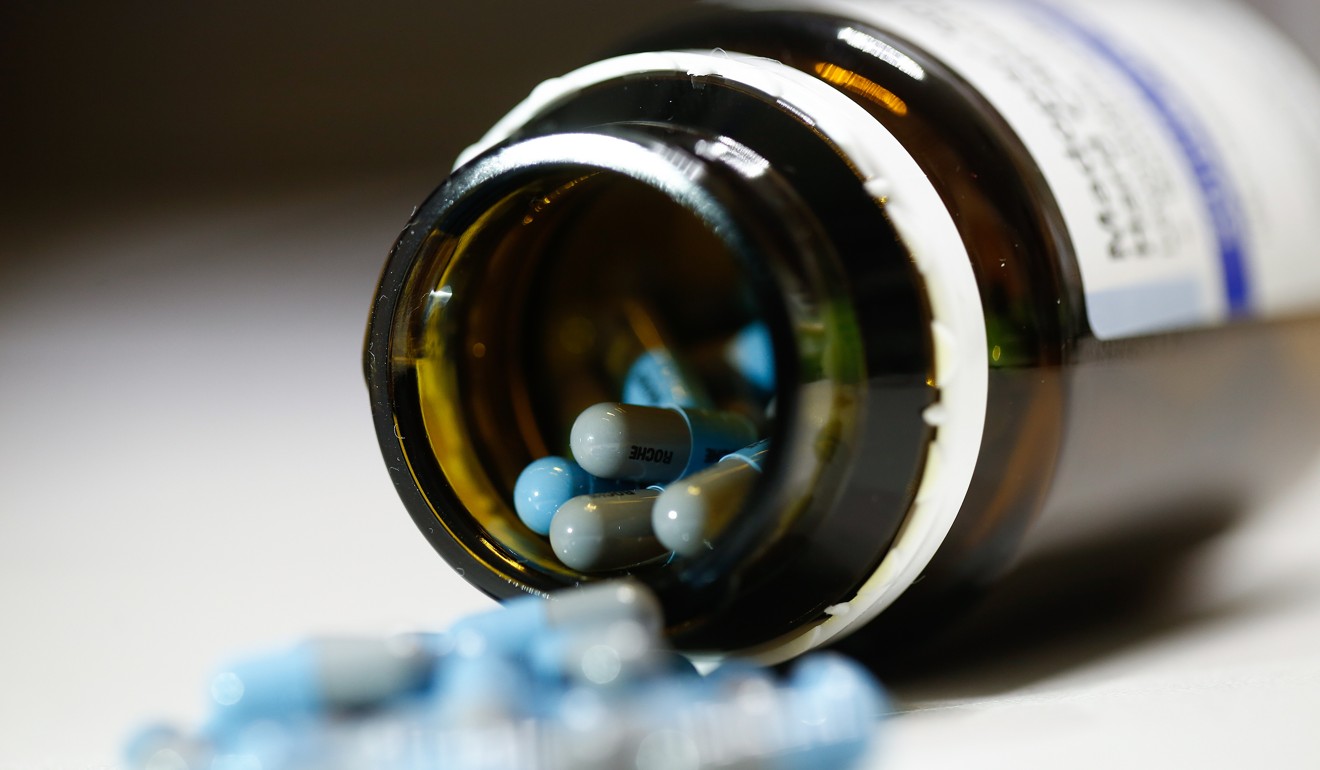
China’s pharma stocks see short term lift on subsidies but price cuts to hurt in long run, say analysts
Investors should play it safe when it comes to Chinese drug makers as the sector is going through a major transition despite buoyant stock prices and positive net profit growth last year, an analyst from US broker Jefferies has warned.
China’s pharmaceutical market – the world’s second largest after the US – showed “steady growth” in 2016, with profits up 13.9 per cent year on year, according to Swiss-based global financial services firm UBS.
Major pharma stocks have been outperforming since the Chinese government increased the number of state-subsidised medicines on the National Reimbursement Drug List (NRDL). The stock prices of at least 11 China pharmaceutical stocks listed in Hong Kong broke their 52-week highs on February 23 after the government added 339 drugs to the NRDL, an 18 per cent increase, meaning more drugs will be partly covered by the state insurance scheme.
Yet, Jefferies’ equity analyst Eugene Huang believes the positive reaction to the NRDL update has led to a “mismatch of stock valuation” over the past few months.
“We believe the market has partly priced in the benefit of industry upgrade and consolidation in the mid-to-long term and thus favoured leaders, but overlooked the risks of price cuts,” Huang said. “We think NRDL, the biggest near-term sector positive, has already been played out, and see more risks ahead.”
Huang identified the provincial tendering process for drugs, the influence of the National Reimbursement Drug List (NRDL), and research and development policy reforms in the long run as factors that will see the industry undergo a transition in the next few years. In particular, Huang said generic-heavy drug players will be under pressure in the short term due to major price cuts.
The drug tendering process is expected to be an underlying risk for China’s pharma players in the next two years as it is expected to bring major price cuts to generic medicine, according the Huang.
Local governments in Jiangsu, Beijing, Guangdong and Shandong are expected to bargain hard with pharma companies to slash medicine prices due to the growing ageing population and tighter government budgets for reimbursements.

Apart from price cuts at the provincial level, pharma firms are expected to be pressured into making price cuts on a national level after the government expanded the NRDL in February.
Huang said because the Chinese government will be focused on budget controls in the next few years, pharma companies would have to be flexible with authorities when it comes to price cuts in order to gain access to the public medical system, which offers higher volumes.
He dismissed the assumption that the updated list will be as positive for the market as it was when the reimbursement programme was first launched in 2009 because the drugs didn’t have to go through price negotiations at that time.
The Jeffries report also pointed that the China Food and Drug Administration’s R&D friendly policies first launched in 2015 will continue to lift drug approval standards to enhance drug quality in the Chinese pharmaceutical industry. Huang said this will fundamentally benefit drug companies with a heavy R&D focus as the government encourages top-down drug innovation. In contrast, it will put further pressure on generic drug makers because 75 per cent of drug approval applications classified as “novel drugs” were withdrawn by applicants or rejected by the government.
Among Hong Kong-listed pharma players, Jeffries recommends a “buy” on drug innovators and defensive players, with CSPC Pharmaceutical Group as its top pick. A “hold” is suggested for biopharmaceuticals company 3SBio and rated generics manufacturer Sino Biopharm is rated “under-perform”.
While Jefferies remains conservative about investing in generic drug players in the market, UBS said the newly implemented two-invoice system launched this year, which aims to curb corruption, has boosted net profits of drug distributors in general the first quarter.

